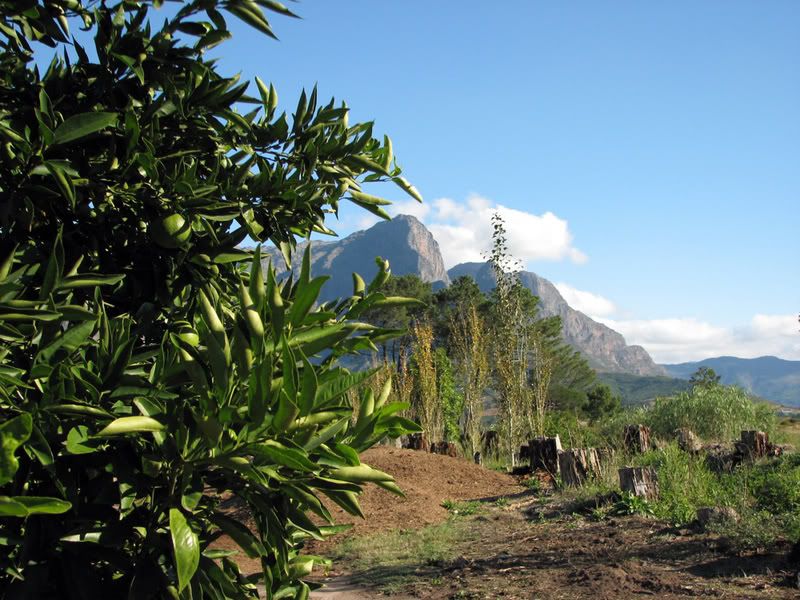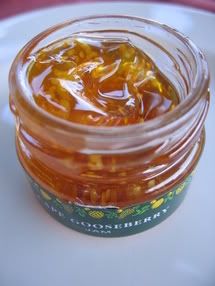I Say Naartjie...
 On weekends, I drive out to my parents’ farm in the Cape Winelands. Despite its location, the farm produces no grapes. We grow lemons, plums, olives and naartjies. The latter might seem unfamiliar to foreigners, but all South Africans know, use and love the local term for tangerines. In fact, many struggle to remember the English word! Pronounced “NAAA-chee”, naartjie is an Afrikaans word derived, according to Wikipedia,
On weekends, I drive out to my parents’ farm in the Cape Winelands. Despite its location, the farm produces no grapes. We grow lemons, plums, olives and naartjies. The latter might seem unfamiliar to foreigners, but all South Africans know, use and love the local term for tangerines. In fact, many struggle to remember the English word! Pronounced “NAAA-chee”, naartjie is an Afrikaans word derived, according to Wikipedia,  from the Tamil word for citrus. At first glance, an unusual linguistic marriage, but not too strange when you consider that the Dutch East Indian Company brought many Tamil slaves to the Cape colony in the eighteenth century. Today, the four million-strong Coloured community’s unique culture still reflects its eastern ancestry, and in its turn influences the languages, culture and cuisine of South Africa as a whole. I have written a little about it here.
from the Tamil word for citrus. At first glance, an unusual linguistic marriage, but not too strange when you consider that the Dutch East Indian Company brought many Tamil slaves to the Cape colony in the eighteenth century. Today, the four million-strong Coloured community’s unique culture still reflects its eastern ancestry, and in its turn influences the languages, culture and cuisine of South Africa as a whole. I have written a little about it here.But back to naartjies. For me, one of the greatest joys of a Cape winter is to eat naartjies straight from the tree. It’s impossible to beat the flavour of a living fruit, cold from the winter chill, rather than a protracted stay in a supermarket fridge.
Throughout the winter, we eat bucketfuls of the orange darlings, but I never tire of that zingy, juicy flavour.


